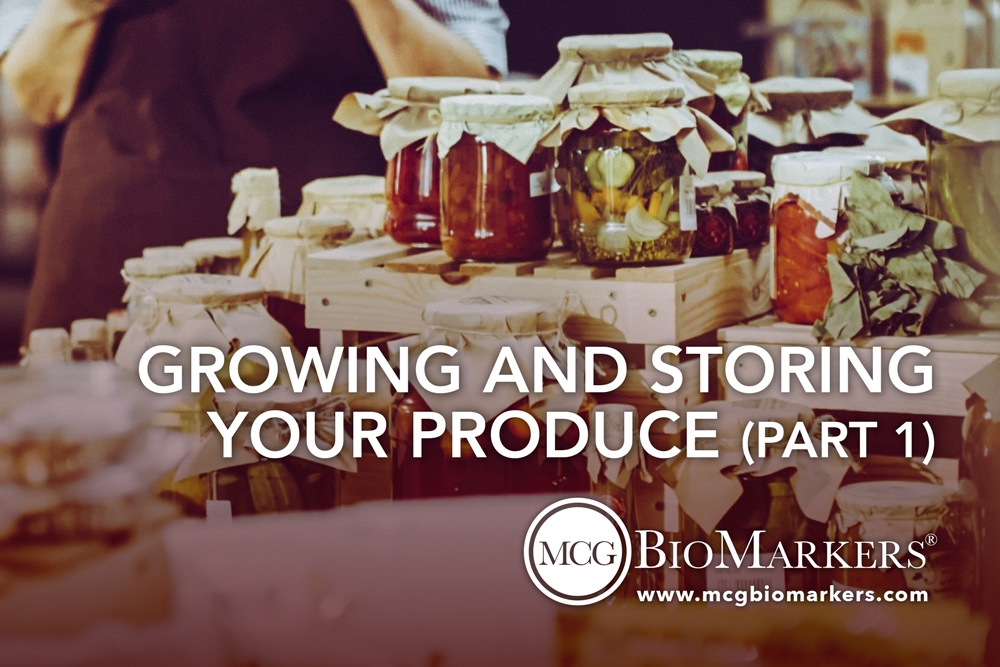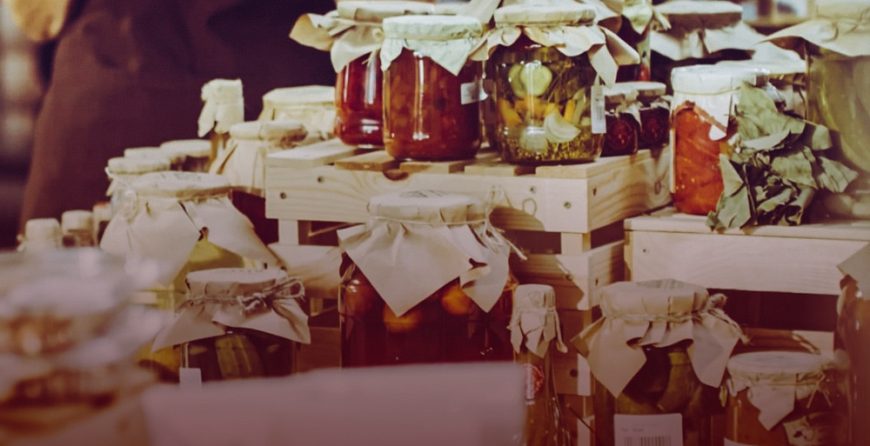 Just like there is a reason for everything, there is a reason as to why summer and fall come before winter. One reason is so that gardeners can grow enough produce to get them through winter months. As much as grocery stores never run out of garden produces, it is always satisfying to enjoy food from your garden especially if you practice vegetable gardening. Most summer grown crops such as; onions, potatoes, carrots, winter squash, beets, and garlic can be stored with ease from one growing season to another.
Just like there is a reason for everything, there is a reason as to why summer and fall come before winter. One reason is so that gardeners can grow enough produce to get them through winter months. As much as grocery stores never run out of garden produces, it is always satisfying to enjoy food from your garden especially if you practice vegetable gardening. Most summer grown crops such as; onions, potatoes, carrots, winter squash, beets, and garlic can be stored with ease from one growing season to another.
But, before you embark on storing your summer grown crops, there are a few things you should factor in; some crop varieties store longer and better than others. So, consume ones that do not store better first and retain the good keepers. Crops that are harvested at their prime time tend to store best. Only first quality crops are suitable for storage but under optimum temperature and humidity. So, ensure that you have the right storage conditions before focusing on storing your gardening produce.
How to grow and store common garden produce
Potatoes
Potato uses in the kitchen are versatile, they are not only used to make stews but also as the main dishes if well-prepared. If properly stored, potatoes do not lose their freshness and nutrient levels. So, they can be stored for use during late fall and winter months. However, potato gardening success begins with selecting the right potato varieties that thrive in your region and are suited to your storage temperature and humidity. Some potato varieties that excel in most gardening regions include; yellow finn, Yukon gold, katahdin, and Kennebec.
Potatoes are either grown in raised beds, standard garden rows or potato grow bags. Note that, the more you care for your potatoes as they grow by adding foliage and organic compost, the more good sized tubers you will have. So, focus on keeping your plants as healthy as possible when in the garden. Harvest potatoes in late summer when their foliage dies back. Cure the potato tubes to toughen their skin and extend their storage time by laying them in a properly ventilated place that should be dark and cool. Potato skin should toughen within two weeks. Rub off extra dirt and store the tubes in ventilated bins or baskets that should be covered with cardboard or newspapers to prevent light from reaching the potatoes.
Onions
Wet summers offer the best growing conditions for onions. The moisture onions receive, the large they become. They also require a substantial amount of sunlight to thrive. For best results, it is advisable to start your onions from seeds as opposed to buying onion sets. You get to choose the different onion types you would wish to grow or onions types that would store well within your area. Onion seeds must be started indoors a few months before planting. Ensure that you feed the onions with nutrient-rich compost after transferring them into the main garden; if you must, add granular organic fertilizer to grow big and healthy onions. Keep onions properly watered, weeded and under adequate sunlight.
Onion leaves start to flop over during late summer signaling that it is time to prepare for winter. Allow onion necks to tighten and their foliage to turn yellow before harvesting. After harvesting, allow them to dry for a week or two before storing them. Once their necks are dried, and the stems are no longer moist, store the onions in bushel baskets or mesh bags and away from direct light.


